|
Cahergal Stone fort is located close to the town of Cahersiveen in County Kerry. After having parked up our car in the designated carpark, we walked the short distance towards this National Monument while admiring the stunning landscape surrounding the ring fort.
From the path, we looked across the Ferta River Estuary and admired the ruins of Ballycarbery Castle while the many bees zoomed around taking nectar from the heather. Cahergal Ring Fort is a particularly fine and impressive example of a stone fort with massive dry stone walls. There are flights of steps leading to different terraces in the inner face and upper parts of the wall that were reconstructed. The reconstructed lintelled entrance is the only entrance into the fort and must have provided security for the fort's inhabitants in times of siege. Inside the fort are the remains of a circular stone house where once, somebody of importance lived. Where it is very difficult to date these stone forts, Cahergal was probably built between 500 and 800AD.
At walking distance from Cahergal Ring Fort is another impressive ring fort called Leacanabuaile (Leacanabuaile stone fort - OUTDOORFITNESSSLIGO).
1 Comment
On an sunny day, we decided to visit Dun Beag Fort on the Dingle peninsula. (http://dunbeagfort.com. The fort is dramatically set on a sheer cliff overlooking Dingle Bay. This promontory fort dates to 580BC and is one of the few remaining in Ireland. In County Sligo where we live, we have a few promontory forts (www.choosesligo.com/promontory-forts.html) as well , each of them balancing on the edge of a cliff surrounded by the Atlantic. When we arrived at Dun Beag fort, we bought our tickets at the small ticket office and crossed the street to the tourist shop / restaurant where we first watched a short audio-visual presentation that explained the history of the fort and what life was like for people living on the peninsula during this time. The restaurant / tourist shop deserves a noteworthy mention as well. It has a one-of-a-kind stone roof, blending it into the rugged landscape of the Dingle peninsula. A short walk towards the coastline brought us to the fort where we admired Dingle Bay. Excavations within the fort have shown that the fort was primarily occupied between the 8th and 11th Centuries AD, when it was defended by a series of ditches and earthen banks. Within those earthen banks was a substantial stone wall with on the inside steps allowing soldiers to defend the fort during an attack.
The interior of the fort contains the remains of a large stone-built beehive as well as a souterrain. It is believed that the fort was home to a local noble who ruled the surrounding villages. With the cliff edge slowly falling into the Atlantic due to erosion, the fort is getting closer and closer to the cliff edge. Hence for safety reasons, a large part of the fort can not be entered. On this particular day, we were driving from County Sligo to County Mayo to visit the Ceide Fields Neolithic site, an award wining heritage site located along the rugged North Mayo coastline ( https://www.outdoorfitnesssligo.com/blog/ceide-fields-neolithic-site ) We decided first to take a quick detour and visit one of Ireland's most spectacular Friaries, Rosserk Abbey. Located on the banks of the River Moy, it was built in the 15th Century by a Chieftain of the Joyces, a powerful family of Welsh origin who settled in Connacht in the 13th Century. Rosserk Friary is well preserved making it easy to imagine what life along the Moy must have been like during the years the abbey was inhabited by a community of friars from the third order of St Francis. This order existed out of married men and women who wished to lead a Franciscan life but, because of their married status, were unable to join the First Order (Friars) or Second Order (Nuns). The church, which has an attractive bell tower and a fine four-light east window, stands at the south side of the cloister. On the opposite side is the refectory or dining hall where once freshly caught salmon from the Moy would have been served. On the east side is a sacristy and chapter house with above it the dormitory. In the south-east corner of the chancel is a double piscina used for washing the vessels during the mass ceremony. It features carvings of a round tower, two angels and the instruments of the passion. Many of the large fireplaces are still present to this day. Rosserk Friary is worth the visit if you find yourself in North Mayo. Where it is one of the lesser visited monuments in ireland, it should be on your itinerary as it is one of the finest examples of a preserved Franciscan friary in Ireland.
Each first Wednesday of the month, many of the OPW heritage sites offer free admission to individual visitors and families. On one of these Wednesdays, we found ourselves visiting Sligo Abbey in Sligo town. The abbey is located in Abbey street with ample car park space available in Abbey Street car park. The Dominican friary was founded in 1253 by Maurice Fitzgerald. As many Norman towns in those days, Sligo had a castle and the abbey. Where the castle was destroyed in the 14th Century, the abbey survived. But it must be said that the abbey was rebuilt throughout its history as it suffered accidental fires and got damaged throughout local wars. We opted for the guided tour which we would highly recommend. Our guide was very knowledgeable and explained the history of the abbey in detail. Throughout Sligo abbey's history, the population of friars increased and decreased. In 1608, only one friar was left in the abbey, father O'Duane who died in that year. Prior to his dead, father O'Crean arrived from Spain and built up a new community. unfortunately, the friary deteriorated that much throughout wars that it fell in disrepair and a new friary was built. From that point onwards, the abbey grounds were used as a cemetery and the buildings were quarried for reusable stone. Luckily, a stop was put to the quarrying and parts of the abbey were saved. The first part we visited during the visit was the church which still has its tower intact. A special feature within the church is the 15th century rood screen which divides the church in two separating the nave from the choir. Within the church is the "O'Crean altar tomb" which is the oldest surviving monument within the church. On the tomb is a latin inscription that dates it to 1506 and states the tomb is fron Cormac O'Crean and his wife Johanna. Another noteworthy feature within the church is the O'Connor mural which is located right of the altar. It shows a relief of O'Connor and his wife kneeling in prayer. O'Connor was instrumental in saving the abbey from dissolution. Beside the church is the cloister of the abbey. Only three sides of the cloister remain standing; the western side has been demolished. The cloister walk is covered with rubble barrel vaults where its arcades are supported by slender pillars reminiscent of double columns. Leading from the cloister are the sacristy, vestry and chapter room which are part of the 13th -century core of the abbey. On top of these rooms is the old refectory where you can see a ruined oriel window. It is here that a friar would be seated reading aloud from the scriptures during mealtimes. During the cholera epidemic of 1832, many of the dead were buried in mass graves in the grounds of the abbey. During six weeks, 1500 people died in Sligo during this Cholera outbreak.
An interesting fact is that Bram Stoker's mother hailed from Sligo. It is thought that Bram Stoker's mother , who was haunted by the cholera outbreak she witnessed first hand, told her young son stories of the horrors she seen in Sligo. These stories echo through her son's famous novel "Dracula",... So after an interesting visit, we said our goodbyes to the guide and the group. The Gallarus Oratory is located on the Dingle Peninsula, one of the most stunning parts of Ireland. This ancient church which is believed to be about 1300 years old is one of Ireland's most iconic buildings. Arriving at the visitor centre, we started the tour with an introductory video about Gallarus Oratory before we took the short walk towards the Church. The building itself is the perfect specimen of dry rubble masonary. The roof is formed by the gradual rise of the side walls from the base upwards. The last stone placed on top forms the top of the roof and surprisingly makes the building fully watertight. In the west gable is a square-headed doorway nearly 2 meters high and in the opposing wall is a window. Inside above the round-headed window are three projecting stones, which may have been used for hanging a lamp or book, or maybe were part of a canopy over a now-missing altar. Gallarus Oratory is situated within a monastic enclosure where once early Christians lived and worked.
At the side of the Northern wall is a leact and Cross-slab. The upper part of the slab is inscribed with a cross within a circle and the lower part bears the following inscription COLUM MAC DINET. Over the many years, successive invaders like the Vikings and Normans burned, robbed and destroyed the settlements around Gallarus. As we were in Dublin for another event, me and my dad decided to visit a few museums as well. One of these museums was the National Museum of Ireland - Archaeology ( Archaeology | National Museum of Ireland ) which is housed in a fabulous building in Kildare Street. Neo-classical influences can be seen in the colonnaded entrance and the domed rotunda which rises to a height of 20 meters and is modelled on the Pantheon in Rome. It is here where you find the museum shop. Within the rotunda are marble columns which were quarried in Counties Cork, Kilkenny, Galway,.... My first surprise of the day was the entrance fee - there wasn't any. For a museum of this caliber, I would have gladly paid an entrance fee, but of course no entrance fee is even better. In the great centre court, a balcony is supported by rows of cast-iron columns with elaborate decorated bases and top-beams. On the balcony, further columns support the roof where beautiful decorated spandrels support the roof. So after admiring the building, it was time to admire the many archaeological finds. But before we started our tour, we admired the beautiful mosaic floors in the rotunda. On the groundfloor, you will find the following exhibitions: Irelands gold: Here you find one of Europe's most important gold collections. Beautiful crafted pieces of jewellery are on display. For example, gold dress fasteners, gold ribbon torcs,... The treasury: This exhibitions shows major religious artifacts of early and christian ireland. For example, there is the fabulous Ardagh Chalice which is one of the greastest treasures of the early Irish church. It was discovered as part of a hoard in the 19th century by a man digging potatoes in Ardagh. The Faddan more Psalter: This book of psalms was only discovered in 2006 by chance in a bog in Tipperary and has been skilfully preserved for future generations. Prehistoric Ireland : Here you can discover the tools and weapons used during the stone age to bronze age. Kingship and sacrifice: This room is just spectacular. Here you can come face to face with iron age bog bodies. It is amazing to see the detail of these bodies, from nails to hair, it has all been preserved .This exhibition focusses on human sacrifice and the disposition of bodies in bogs at the tribal bounderies. Further exhibitions are hill of Tara, Viking Ireland, medieval Ireland, ancient Egypt,... If you find yourself in Dublin and you have some spare time, the National Museum of Ireland - Archeology should be on everybody's to do list.
It was meant to be a dry day in April, so we decided to do a day trip to Inishowen. The plan was to drive up from co.Sligo in the morning and drive the Inishowen 100, a sign-posted drive bringing you to all the scenic locations along the peninsula of Inishowen. We had reached out to our twitter followers the day before and received a lot of recommendations of things to see and do. We were also warned that trying to do everything in a day would be a push, but more about that later. After a quick enough drive towards Letterkenny, we headed towards Grianan of Aileach, a hilltop stone ringfort which demands amazing views towards the Inishowen peninsula. After an informative break, we headed further along our route with next stop Inch Island. Inch Island is a wildfowl sanctuary popular with hibernating swans and geese who arrive from Iceland to enjoy the much milder climate of Donegal. After a brief walk we decided to head further. Passing through Buncrana, we arrived soon afterwards at Dunree Fort. Dunree Fort is a coastal defence fortification which was originally built as a Royal Navy post during the Napoleonic Wars. Due to the strategic position of Dunree Fort protecting lough Swilly, The fort was used until after WWII. The fort is now a military museum exhibiting many restored canons and guns, it also includes a cafe, gift shop and many coastal walks. Across from the Cafe is a small path which leads down the cliffs towards a small pier. The water here is azure blue and needs to be seen to be believed. After a bit of rockclimbing at the bottom of Dunree fort, we headed back along the inishowen 100 towards Malin Head. Next on our itinerary was the gap of Mamore, a twisty scenic road which weaves itself through the Gap between 2 mountains. On top of the gap are shrines and a Holy Well which is named St Eigne's well, a popular pilgrimage place. Next stop was Glenevin Waterfall Park. The start of the walk is beside the Glen House Tea rooms. The walk follows the river which meanders through the valley as far as the waterfall itself. The waterfall is approx. 30 feet high and is a spectacular sight Carrying on our journey, we crossed the bridge into the village of Malin. Ones you have crossed the bridge, turn left and follow the road along the shores towards Five Finger Strand. And what can we say about five finger Strand? We believe the pictures speak for themselves. It is amazing, the water is as clear as can be , the dunes flanking the beach are spectacular, the sun was beaming down on us, ... So we decided to take a 2 hour break and enjoy the views while the kids were building sandcastles The last part of the day was what I was most excited about,... Malin Head. I had stayed with my parents in Malin Head
In those days, Malin Head was just famous for it's rugged coastline, great fishing and tatched cottages. This time around, Malin Head is famous for being part of the Wild Atlantic Way, but it is also famous for it being a film location for the up and coming Star Wars movie - The last jedi . And it showed, the amount of cars at Ireland's most Northerly point had taken up all available car park spaces. Malin Head is spectacular. Where myself and my dad went fishing nearby Hell's Hole in 1984, this time around walkways had been installed along the coast towards Hell's Hole. Head in 1984 where they had rented a cottage for 4 weeks. In 1984, coming from Antwerp , Belgium , it felt like the most remote place on earth. Staring across the reinforced wall towards the Inishowen Peninsula, the sun was making an appearance above Louch Swilly. On this beautiful morning in April, we would be forgiven to feel like a king on top of Grianan of Aileach, a hillfort atop the 244m high Greenan mountain at Inishowen. Imagining what a siege would have been like in it's occupied days, the gorse surrounding this mighty fort could have been Vikings trying to capture this mighty fort which dates back to the 8th or 9th century. The short walk from the car park earlier on had given us views towards lough Swilly and Lough Foyle, and it is this demanding location which was more than likely the reason they built this fort in this location. The walls are 4.5 meters thick and 5 meters high, on the inside there are 3 terraces linked by steps. Inside the walls are 2 long passages. The fort was plundered by vikings in 904 and 939, the final destruction took place in 1101by the army of Muirchertach ui briain, king of Munster.
In the 1870's , the fort was restored by Dr. Walter Bernard. Nowadays, there is an extensive carpark installed close to the fort, a short walk will bring you towards the fort itself. The walk is wheelchair friendly as a new path has been installed for wheelchair users. This great tourist attractions which was a hit with our kids has no admission fee. Having arrived in Galway, we decided to head to Salthill first. Salthill is a seaside area in the city of Galway which was discovered in the early 19th century when bathing became fashionable. The old horse-drawn trams used to bring daytrippers from Galway city to Salthill to enjoy the sea breeze and beach. Nowadays, the promenade seems to be the main drawing point where runners and walkers enjoy the views as far as the Burrren across Galway bay. From Salthill, it is a quick 5 minute drive into the city of Galway. Having the car parked at the Cathedral, we walked across the Corrib river. The Cathedral is one of Galway's largest buildings. Building commenced in 1958 on the site of the old city prison and the cathedral was completed in 1965, making it the last great stone cathedral built in Europe. Just across the bridge, we turned into Newtownsmith. Here you will find the Friars walkway, a path which runs between the Corrib river and the Friars river. Where the Corrib river is one of the shortest rivers in Europe with a total length of only 6km, the Friars river showcases a very early piece of canal engineering. In 1178, the Friars of Claregalway abbey who were fed up taking a detour to enter the river, started the built of the canal. Galway, being a city with a high student population, is always buzzing. From the many tourists to the street buskers, it's alive and kicking. From the Galway races to the Galway arts festival, from the Volvo Ocean race to the Galway ironman, there is always something happening. And we don't know if you know, but Galway has officially been designated European Capital of Culture 2020. So loads of reasons to visit Galway in the near future. Having walked along the Corrib, we reached the Spanish Arch, a remainder of the extension of the old city walls which was built to protect the city's quays. Nearby the Spanish Arch is the Galway city museum ( http://www.galwaycitymuseum.ie/ ), a museum with a variety of permanent and touring exhibitions showcasing Galway's rich history, science and arts. Also nearby is Galway harbour, bustling with sailing yachts and fishing boats. Walking back direction Wolfetone Bridge, we visited the Fishery Watchtower museum. The tower was built in 1852 by the Ashworth Brothers. The building was used over more than 120 years to monitor fish stocks and illigal fishing activity and also served as a draft netting service station. Entrance is free and guided tours are available. Afterwards, we headed towards Quay Street and Latin Quarter, Galway's busiest area. This area has an abundant selection of restaurants and pubs. We popped into Fat Freddy's for a quick lunch. Galway is a vibrant city, from the street buskers to the interesting architecture to the colourful shops, there is loads to see. One of these must visit shops is Charlie Byrne's bookshop ( http://charliebyrne.com/ ). Charlie Byrne's is an independent bookshops which stocks 100,000's of books covering every imaginable subject. The bookshop has multiple rooms which are stocked with books from floor to ceiling. With our day drawing to an end, all we can say is that Galway is a must visit city along the Wild Atlantic Way. It is a city with a "village" character, large enough to allow you to discover new things, small enough to get around it in a day, sample the food, watch the buskers or enjoy the vibrant atmosphere.
Fort Dunree located along the shores of Lough Swilly was a coastal defence fortification located along the West side of Inishowen not to far from Buncrana. It was originally built by the British following the 1798 uprising of the United Irishmen who were supported by the French. The fear of a French invasion saw the built of the fort which takes up a spectacular position on an outcrop with demanding views all across Lough Swilly. The fort houses a great military museum , the grounds contain a lot of WWI and WWII military remains which can be explored. The huge Naval artillary which were added during the 19th century are still on display. The grounds also contain a coffee shop and a gift shop. The Saldanha suite houses a huge collection of military memorabilia and it also houses the Wildlife Discovery room. At the entrance are the remaining bones of a sperm whale where inside, you find a blackboard with an inventory of all wildlife observed around the museum during the last few months. There are plenty of walks through the grounds, but just across from the coffee shop is a small path leading down to a rocky beach with the clearest water you can imagine. There is also a pier which opens up some amazing view towards the fort.
This tourist attractions is worthwhile a visit and will be a success especially with kids. Go to the beach: No shortage of amazing beaches along the Wild Atlantic Way. If you are lucky, you might even see a pod of Dolphins or the odd basking shark swimming nearby the shore. Some of our favourite beaches: 1. Five Finger Beach, Inishowen, co. Donegal 2. Dunmoran Strand, co.Sligo 3. Keem Strand, Achill Island, co.Mayo 4. Glassillaun Beach, co. Galway 5. Cliffoney Beach, co.Sligo 6. Barleycove, co.Cork Climb a mountain A lot of times, mountains are covered by a tick layer of clouds in Ireland, probably with some added dampness falling out of these clouds as well. So during an Irish heatwave, head for the mountains and enjoy the amazing views. Go to an offshore island There are plenty of offshore islands of the Wild Atlantic Way. Why not take a boat, a cablecar or even drive the car to these islands and discover the history of them. Drive to an Island you ask?, Yes, at low tide you can drive to Coney Island in co.Sligo or Claggan Island in co.Mayo. A cablecar? Yes, Dursey island in co.Kerry is reached by cablecar. Participate in an outdoor adventure From the many golf courses to the Atlantic and rivers, there is plenty of choice for an outdoor adventure. Not sure where to start, why not join one of the many outdoor adventure experts along the Wild Atlantic Way. Admire those amazing sunsets
The sunsets in Ireland are truly amazing. The colours vary from yellow to red to purple. Watching the sunset after a glorious day along the Wild Atlantic way is just brilliant. As it was a glorious evening in May, we decided to head to Strandhill. Strandhill is a small seaside town in Co.Sligo situated along the Wild Atlantic Way. Strandhill has seen a bit of a revival during the last few years, mainly driven by the collaboration of the local businesses, the great restaurants and pubs, the ice cream parlour and surfschools, the famous seaweed baths,... Strandhill has even it's own hugely popular market in an old hangar at Strandhill airport and Strandhill even has it's own dedicated website (http://gostrandhill.com/). Where Strandhill was mainly popular with the weekend tourist, nowadays it is popular at any time of the day. And it is not hard to see why. Firstly, the views are spectacular. After a short walk and some pictures, we decided it was time for an ice cream. So Mammy Johnston's it was, an award winning ice cream parlour. That being said, they have fabulous crepes in loads of different varieties, cakes and sweets as well. The ice creams just look amazing, and if we could have managed, we would have sampled every single one of them. And it must be said, they also taste amazing. Mammy Johnston's is busy, and at weekends it can be a task in itself to find a seat, but on this particular lovely Tuesday evening in May, we had a table at the back of the parlour. The interior is cosy and inviting.
Where Finn ordered the chocolicious crepe which is a lovely crepe with Nutella and a tub of ice cream, i went for the cone with the Hazelnut icecream. And as it was just the evening for it, I decided to order another ice cream (Blue surf) for the road. So after an enjoyable break, we decided to leave this beautiful seaside town alone and head back home. Normally, I am not to interested in Bird of Prey shows, but last weekend, we decided to bring the kids along to Eagles Flying in Co.Sligo. Eagles Flying ( http://www.eaglesflying.com) is located close to Ballymote in Co.Sligo. Having arrived around 2.30pm, we parked up the car and walked along the lane leading to Eagles flying. We were greeted by goats and donkeys who happily grazed in the fresh meadows surrounding the lane. After having paid the entrance at the gate, we were welcomed by some eagles who were patiently watching the world go by. Eagles Flying is different than any other Bird of Prey shows we visited. First of all, Eagles Flying ,which is an Irish raptor research centre, is a scientifically managed sanctuary for birds of prey and owls. The main purpose of the sanctuary is one to educate people in regard to birds of prey. this is done through the interactive bird of prey shows. But the sanctuary is more than just that, it is also a hospital and rehabilitation centre, one where people bring any kind of wildlife in the hope that Lothar get's them back to health. So remember at the start where I mentioned i am not really a fan of bird of prey shows, it was Lothar who made this one different from the ones I have seen before. The show is all about education, but it is also very entertaining and interactive. The kids were very excited to wear a bird of prey handle glove and see a falcon landing on it. Scary, maybe for some people, but the boys loved it. During the bird of prey show, we got to see falcons, eagles, owls and plenty of other animals. During the show, it was interesting to learn that birds of prey don't like hunting down prey as it is an energy wastage. A bird of prey would much quicker eat an already dead animal as it conserves their energy. Unfortunately in Ireland, whenever birds of prey are reintroduced in the wild, many are being poisoned or shot by farmers as they believe they kill their livestock. After the show, we walked towards the indoor area where we got introduced to pigs, a racoon who loved taking food out of pockets, a fox, rabbits,...
Lothar told us that it takes approx. 16 hours a day to look after all the animals. So we said farewell and headed back home. All we can say is that this is a must visit location with or without kids, one where you will be educated, entertained and just look in awe at these amazing creatures. Coney island is an Island located between Rosses point and Strandhill in Co.Sligo, Ireland. The island can be reached by boat from Rosses point or by walking or driving at low tide across Cummeen Strand. The causeway used for the crossing is marked by 14 pillars which will guide you towards the Island over a distance of 2.5km. In the summer, the islands becomes busy enough with seasonal residents, but in winter time it turns very quiet. There are no shops on the Island, but there is a small pub called Michael j Ward. There is a great loop around part of the island which is worth walking. Turn into the small road signposted for the beach. The road is surrounded by lovely pastures where cows quietly graze. The views towards Knocknarea are fantastic, especially on a sunny day. Ones you reach the beach, turn towards the fields on the right and follow the headland. Views towards the Ox Mountains and Carney open up once you turn around the headland. Even Blackrock lighthouse looks closer than ever before from this beautiful remote location. Turning around the headland, views towards Rosses point with dramatic Benbulben in the background were enjoyed during our improvised picnic.
Coney Island is a gem which can be easily reached, but still doesn't draw the huge amount of visitors like some other islands. Only thing to keep in mind is the tides - otherwise you might be spending a good few hours longer on the island. This wouldn't be a major disaster as you can always pop into Michael j Ward for a pint. Another possible option we strongly advise is to go out to the island on a summer's weekend and enjoy a bit of camping, walking or just relaxing. What do you do when you love coffee, food and the great outdoors? You stop at a roadside food truck and sample what is on offer. This is what happened to us when we travelled from Clifden to Leenaun in Connemara. Close by Jamie Young's Killary Adventure Company is a small road to the left where a signpost "food truck" awakened our curiosity. We have always loved this part of Ireland, and the area around Killary Harbour has always had a special place in our heart. Killary Harbour is Ireland's only fjord, and the views are just amazing. After having parked the car, we followed the sign pointing us in the direction of the food truck. Shortly afterwards, we reached the food truck named the Misunderstood Heron. The food truck is cladded in wood making it blend in with Connemara's amazing landscape. The menu on offer, although small enough, is just fantastic. On offer are the famous Killary mussels, smoked salmon served with brown bread , sweet potato and spinach quiche,...not the food you expect to find at a roadside truck We arrived here just after having eaten lunch somewhere else, so we opted for mocha's and carrot cake. And we must say, we can see why Reinaldo Seco and Kim young opened the Misunderstood heron.
The food is to die for. The carrot cake is by far the best we have ever eaten. It is moist, tasty and accompanied by the great mocha and the views, it is very difficult to leave this place behind. Unfortunately, as we had eaten prior to arriving at the Misunderstood Heron, we weren't able to sample the great food on offer. But as we visit Connemara quite regular, we will be back to sample all the other food on offer. There are plenty of picnic benches around, and on the rainy day we had selected for our Connemara trip, a canopy had been erected to protect customers from the weather. Even the birds are catered for, a bird feeding place provides nuts for the many birds around. The Misunderstood Heron is a hidden gem along Killary Harbour, one which provides the many travellers along the Wild Atlantic Way some great, decent food. |
�
About the AuthorWe are Peter & Dolores De Bie. We love the great outdoors, discovering new parts of the world and writing about our adventures along the Wild Atlantic Way and further afield Categories
All
|
Contact us |
Where are our visitors from |
copyright © 2024 www.outdoorfitnesssligo.com
©Website design by Outdoor Fitness Sligo
©Website design by Outdoor Fitness Sligo




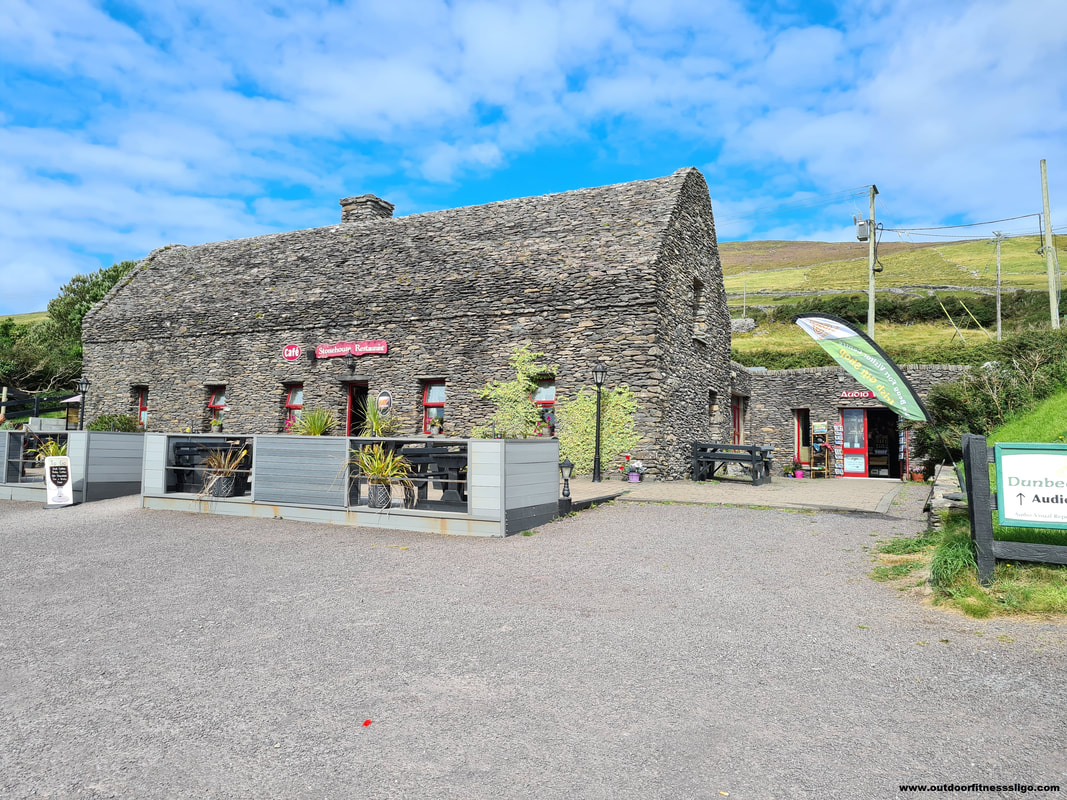




















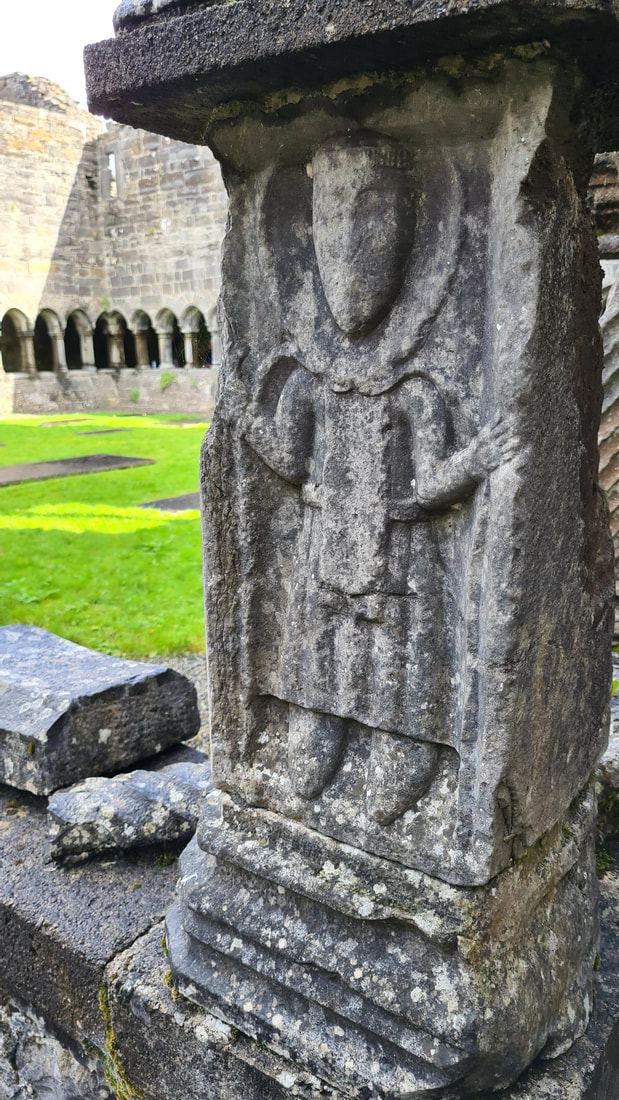









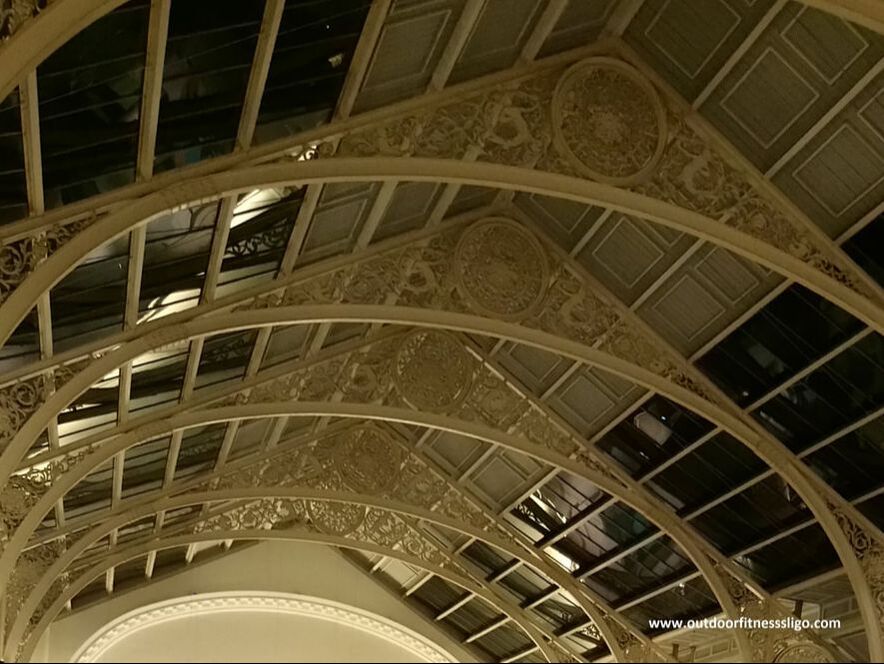

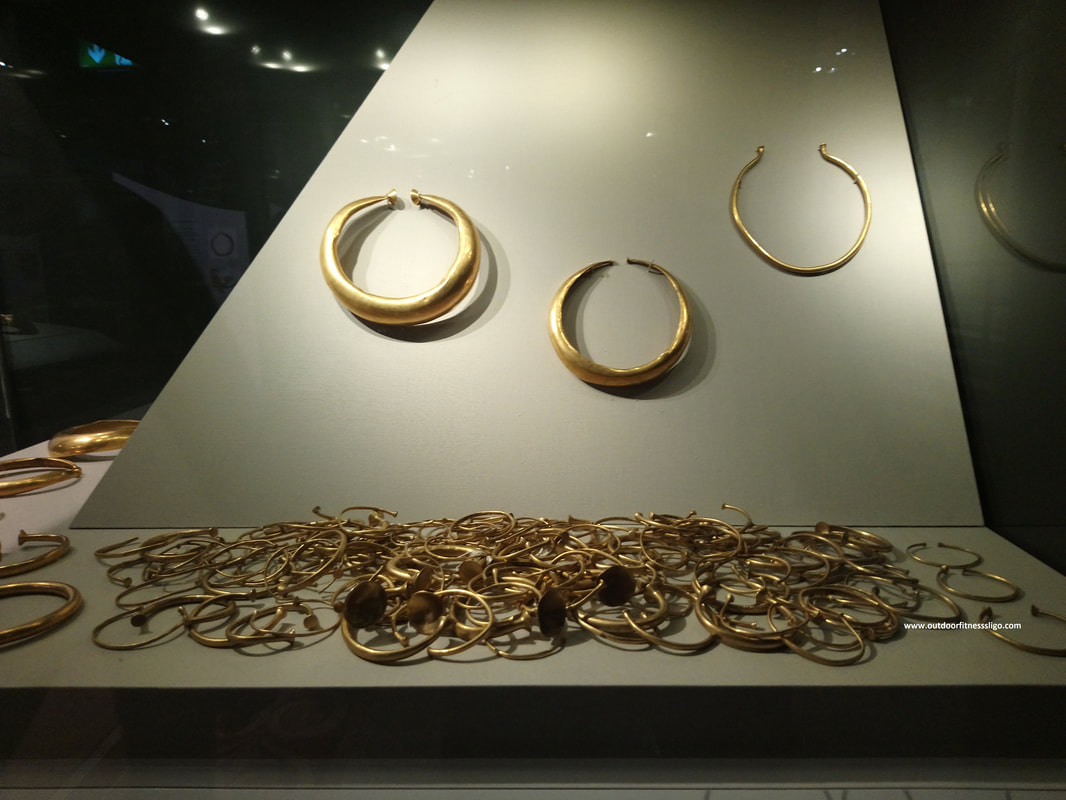

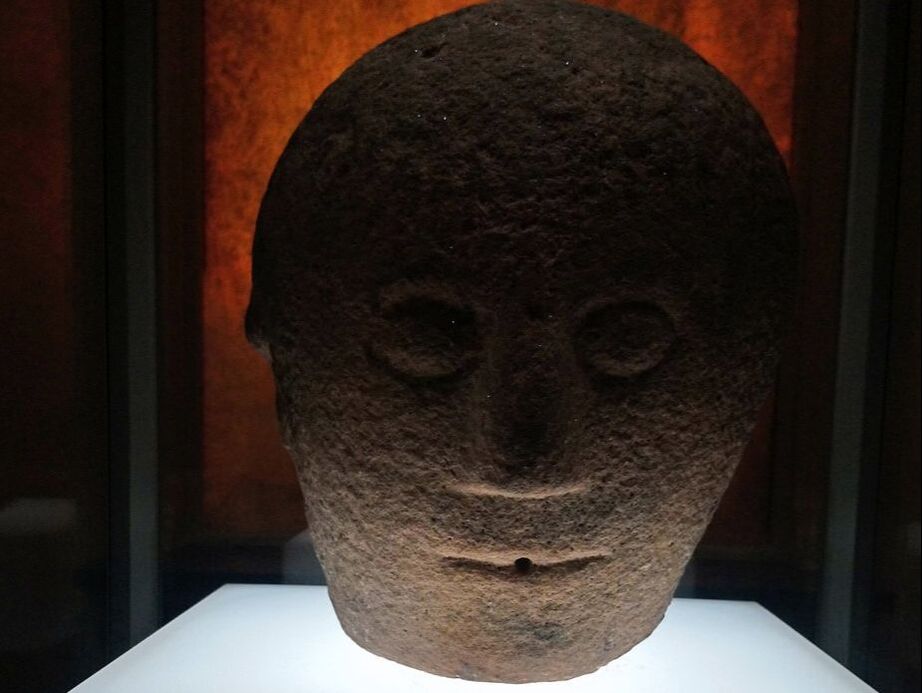







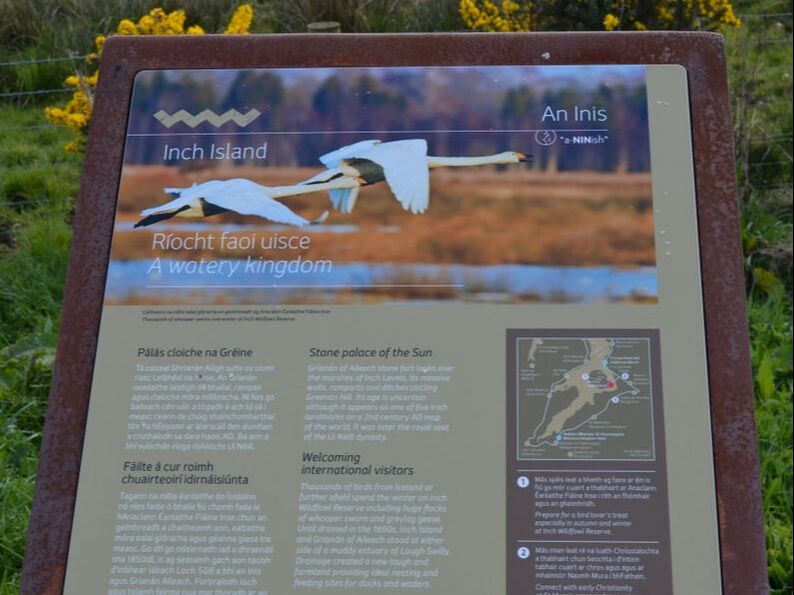


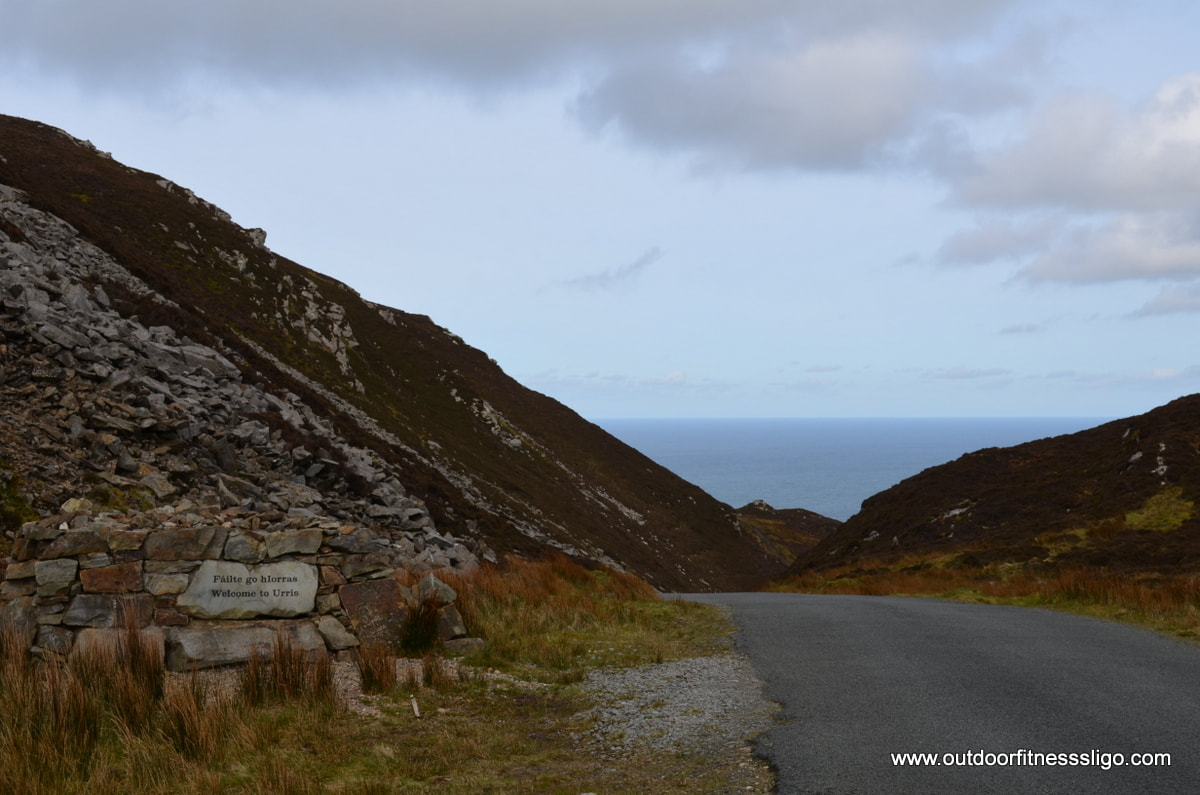


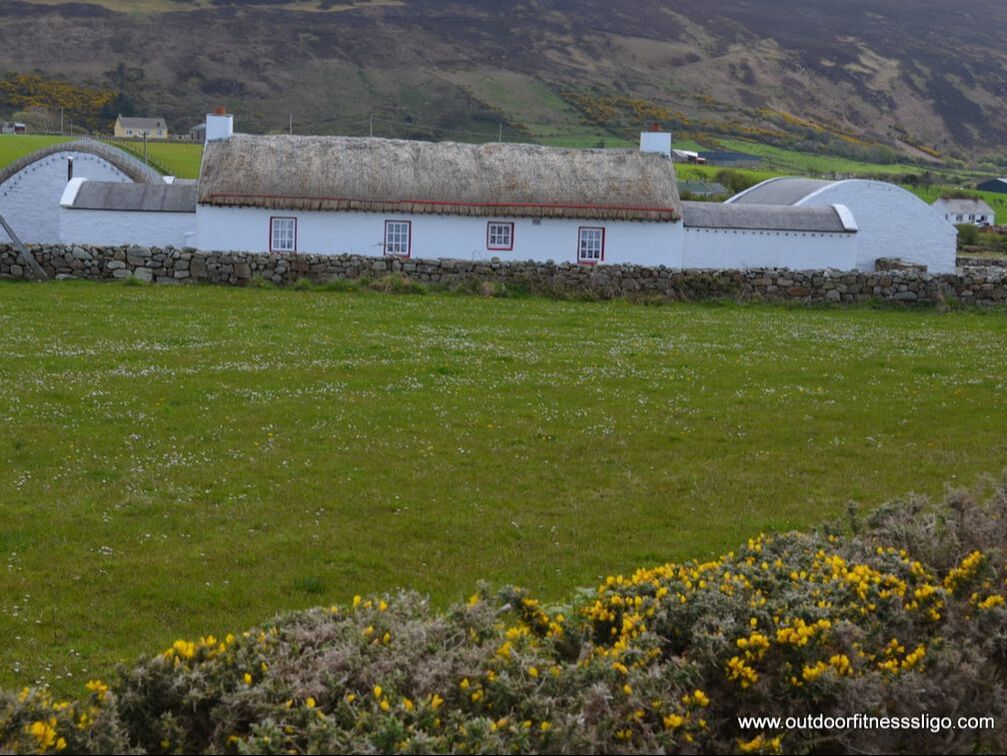




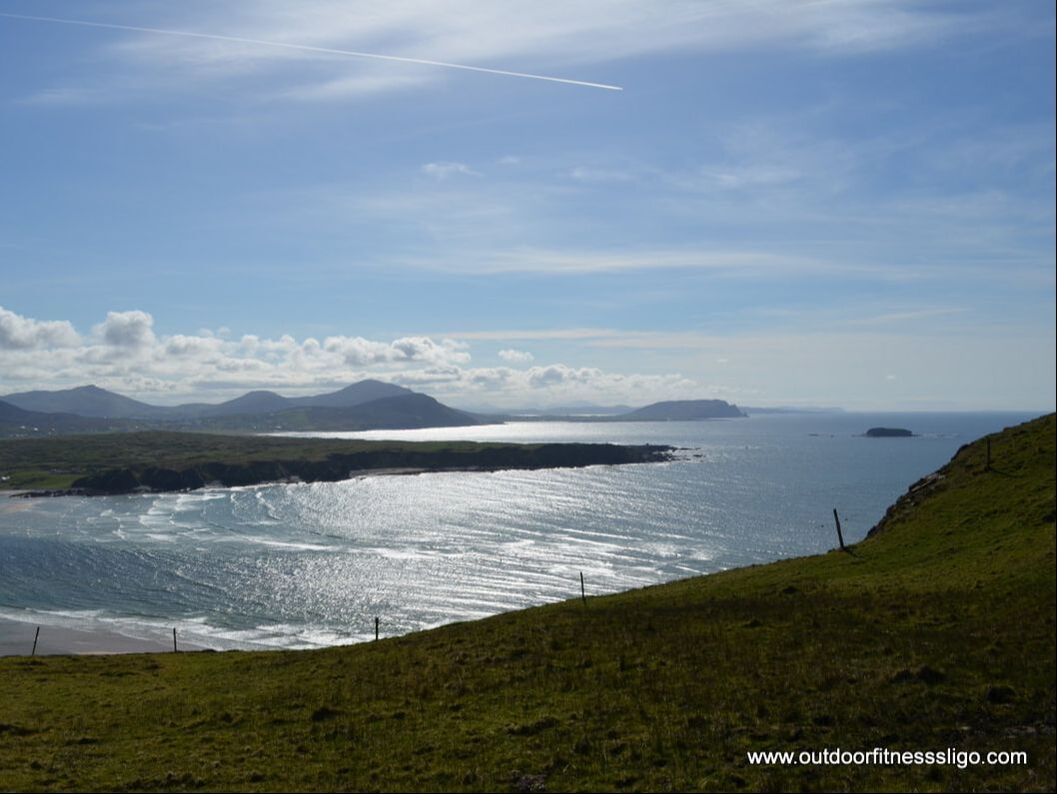
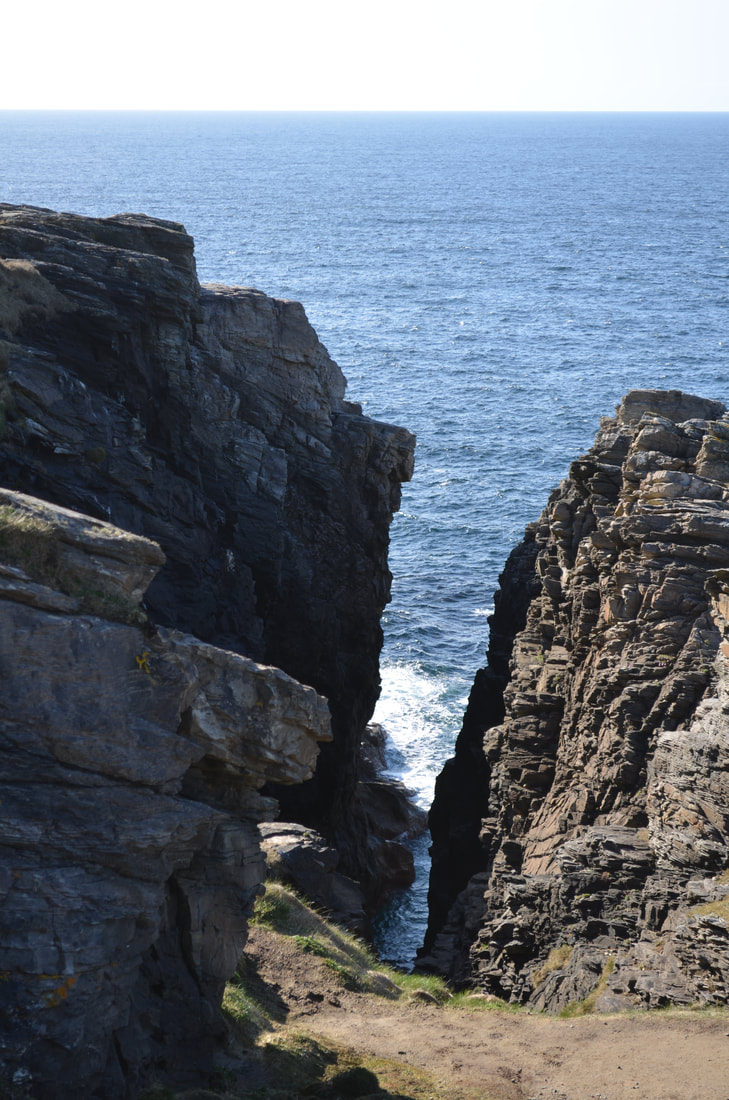
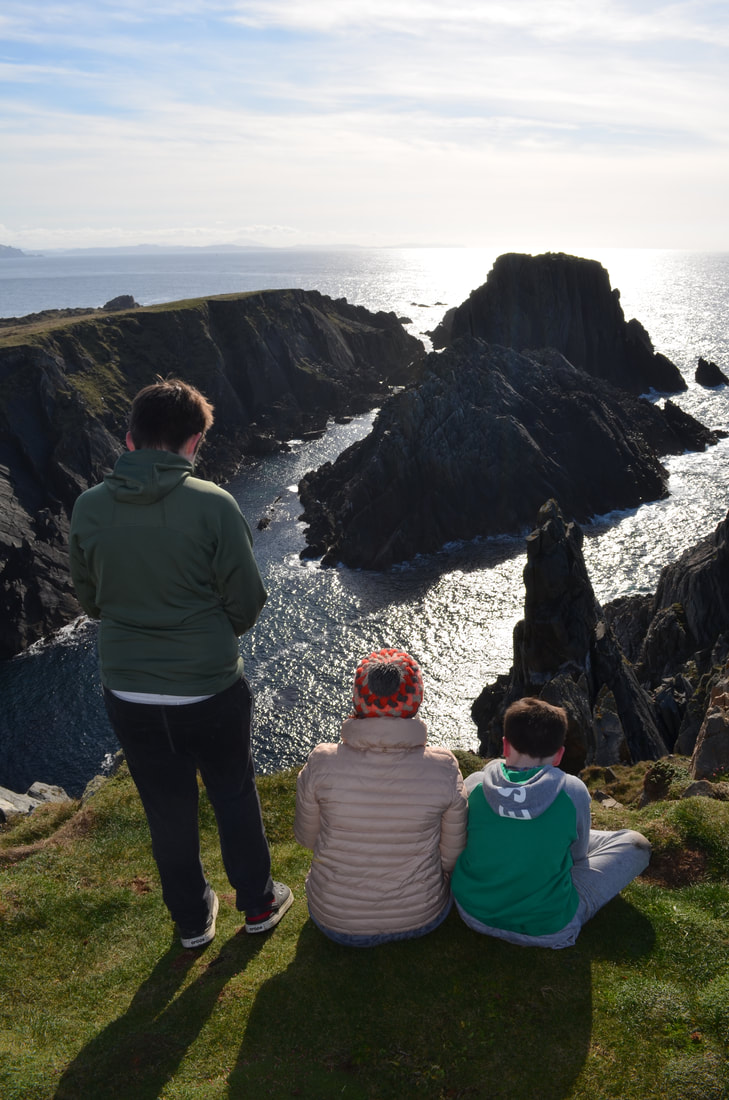

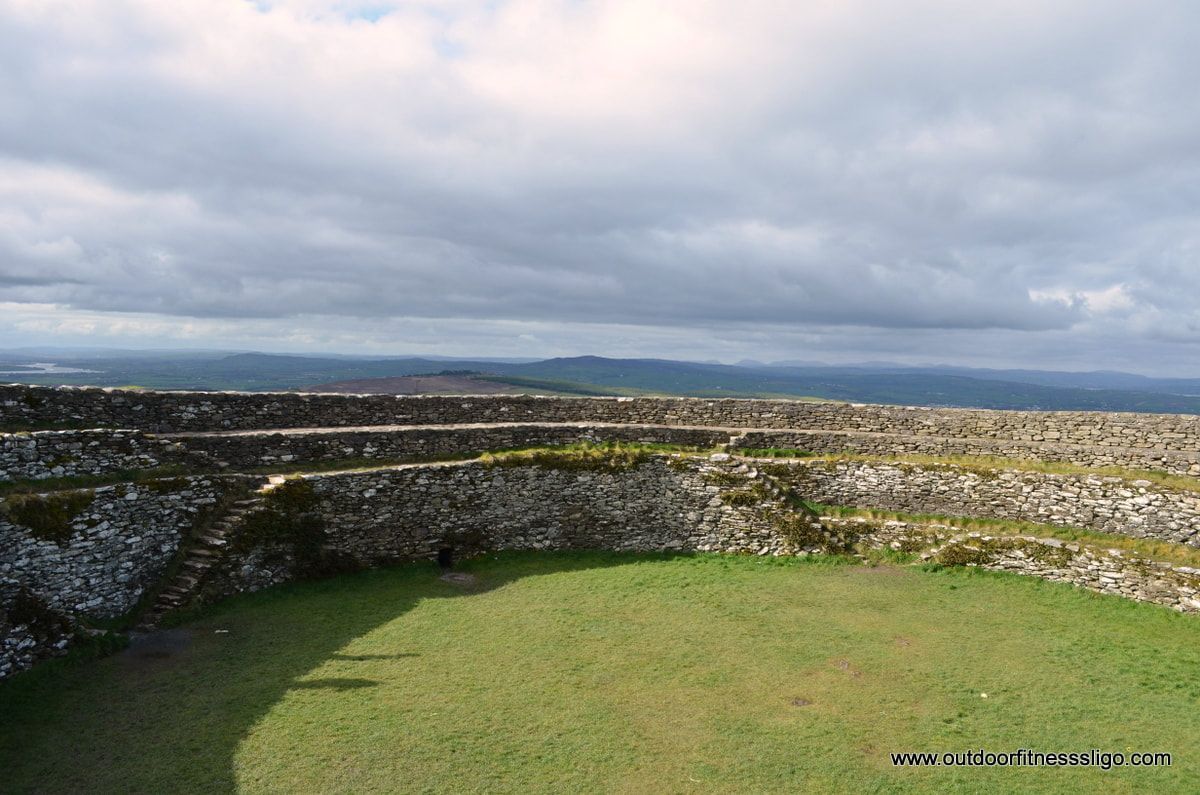






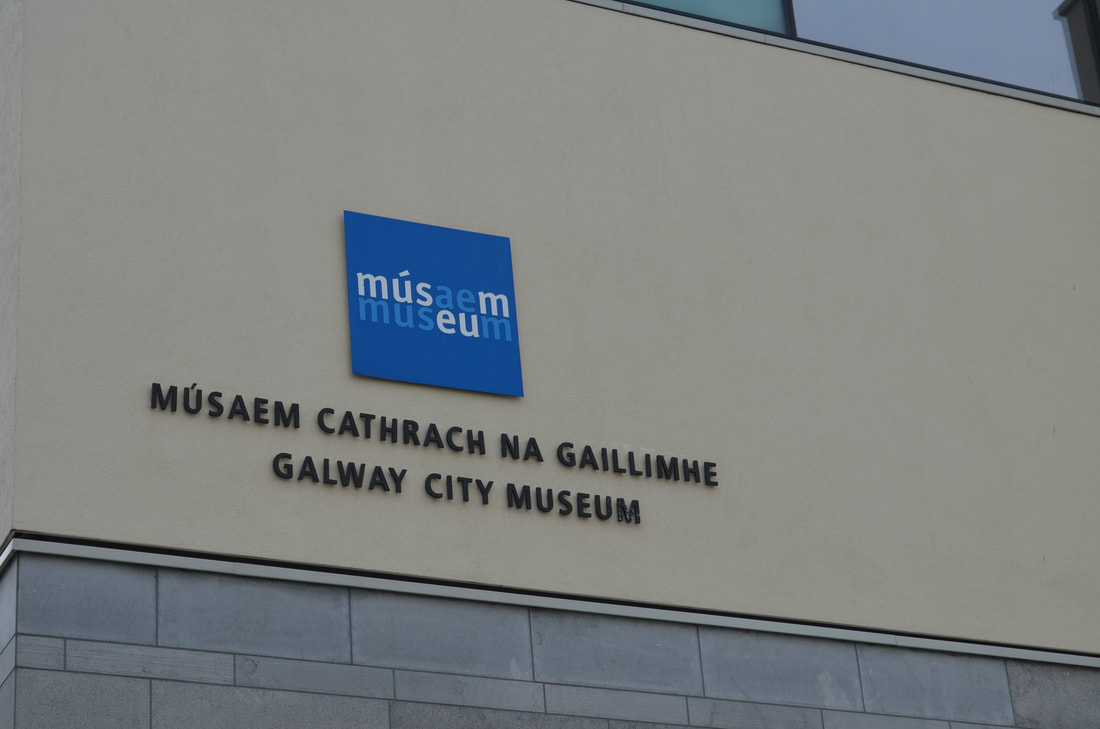


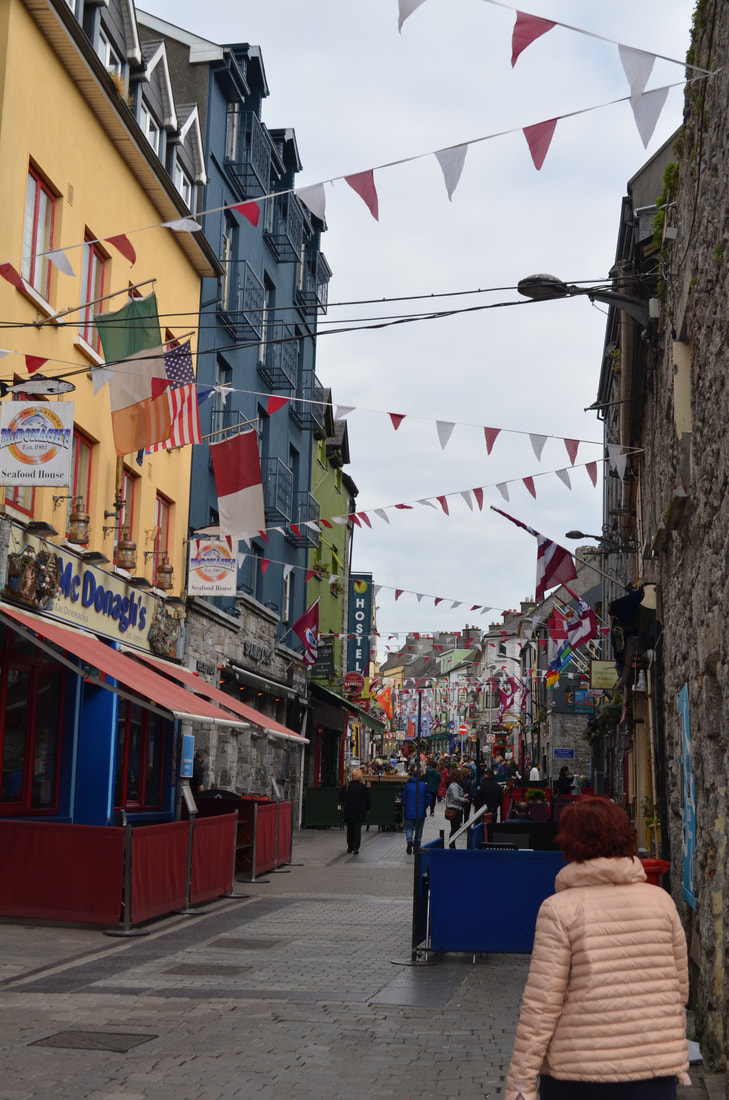


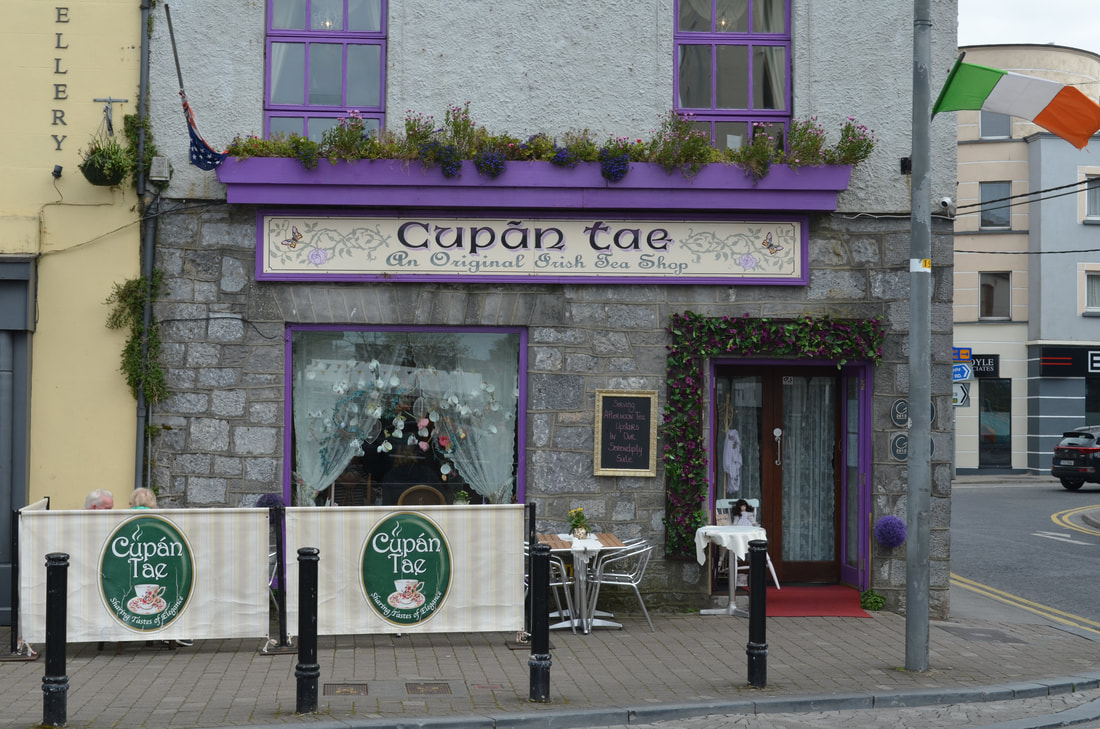









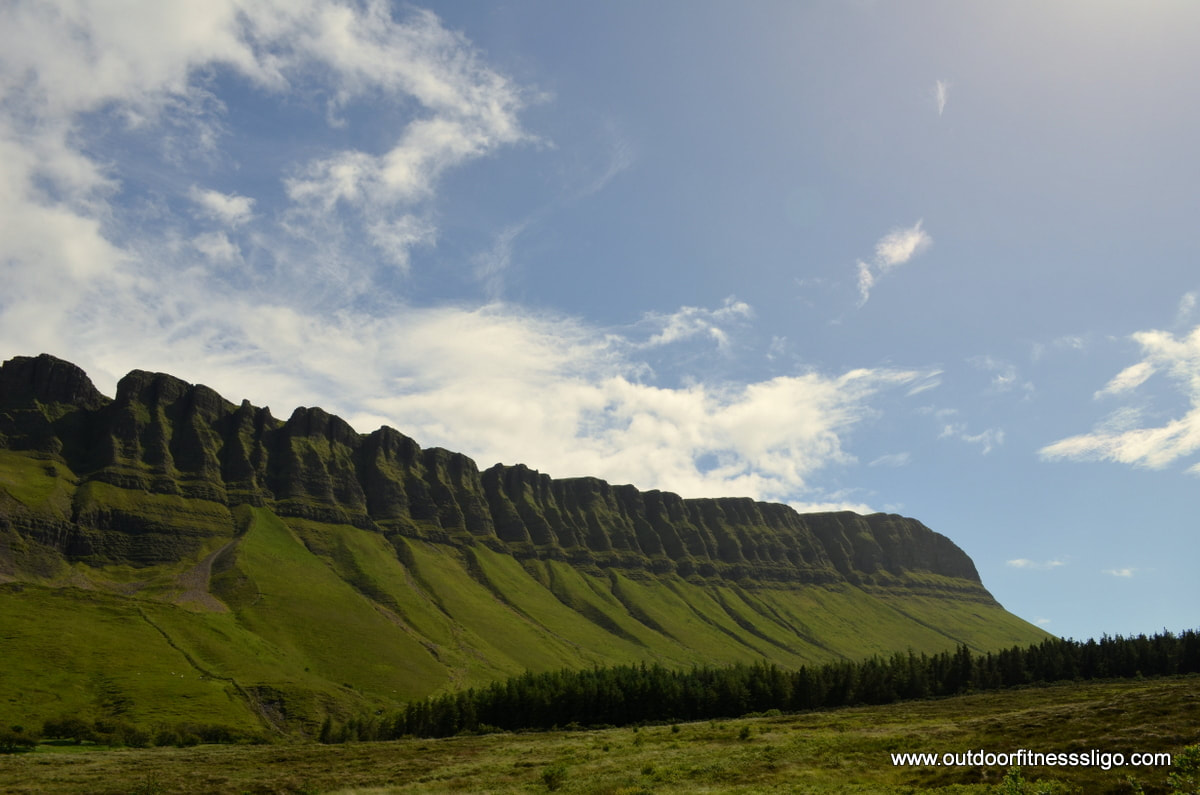







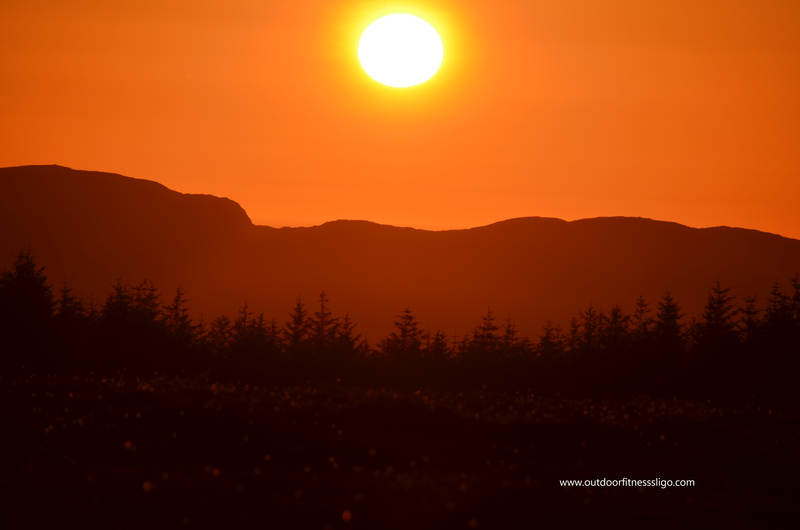








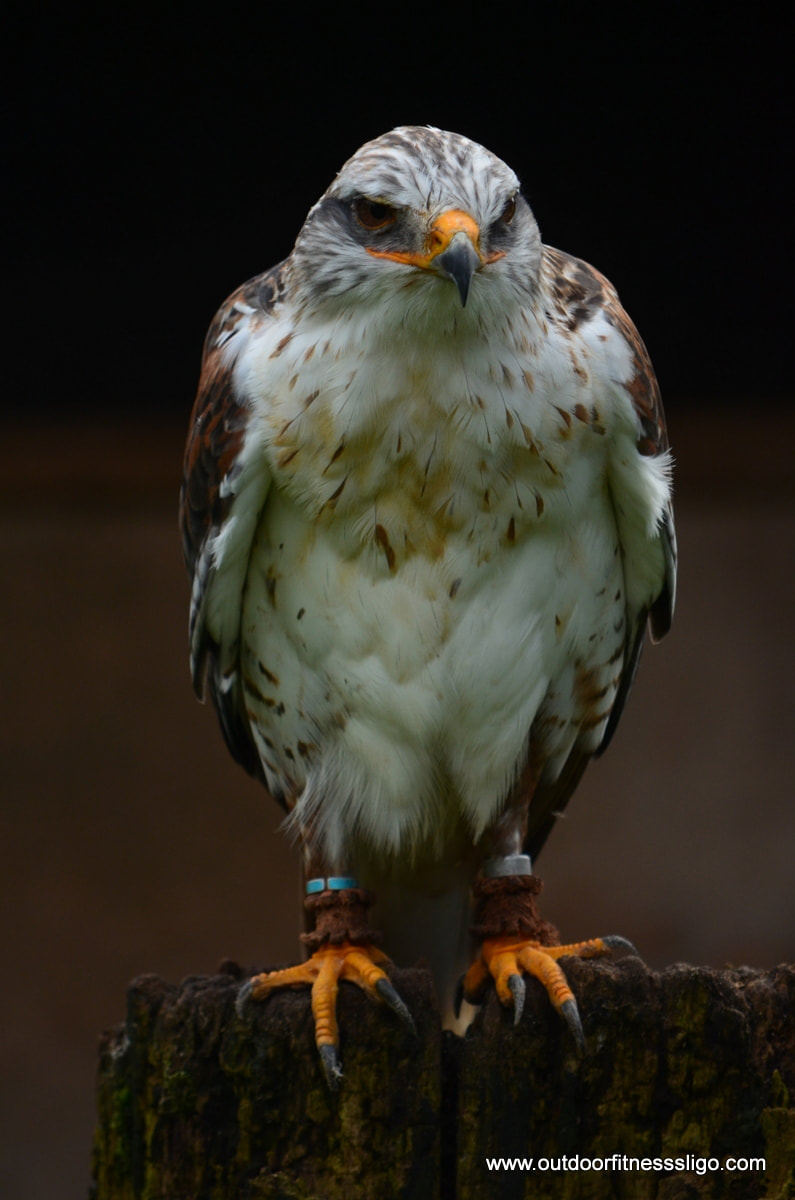





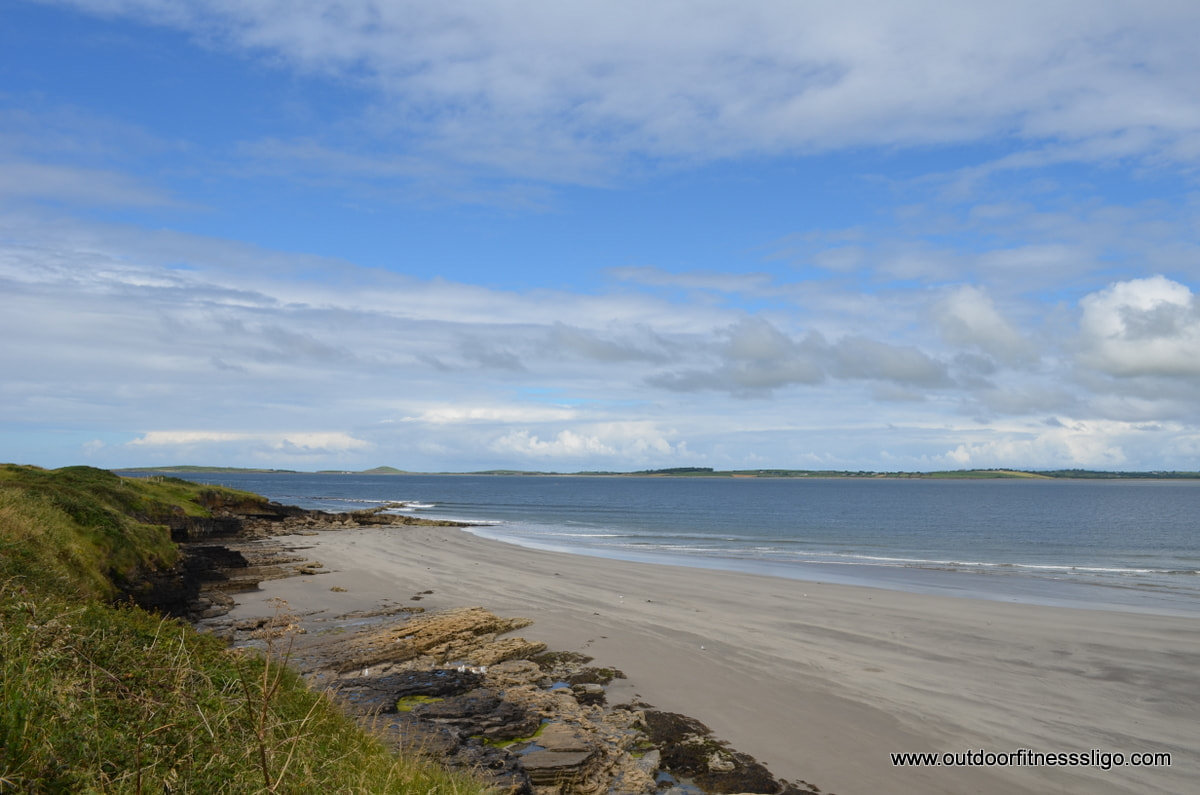
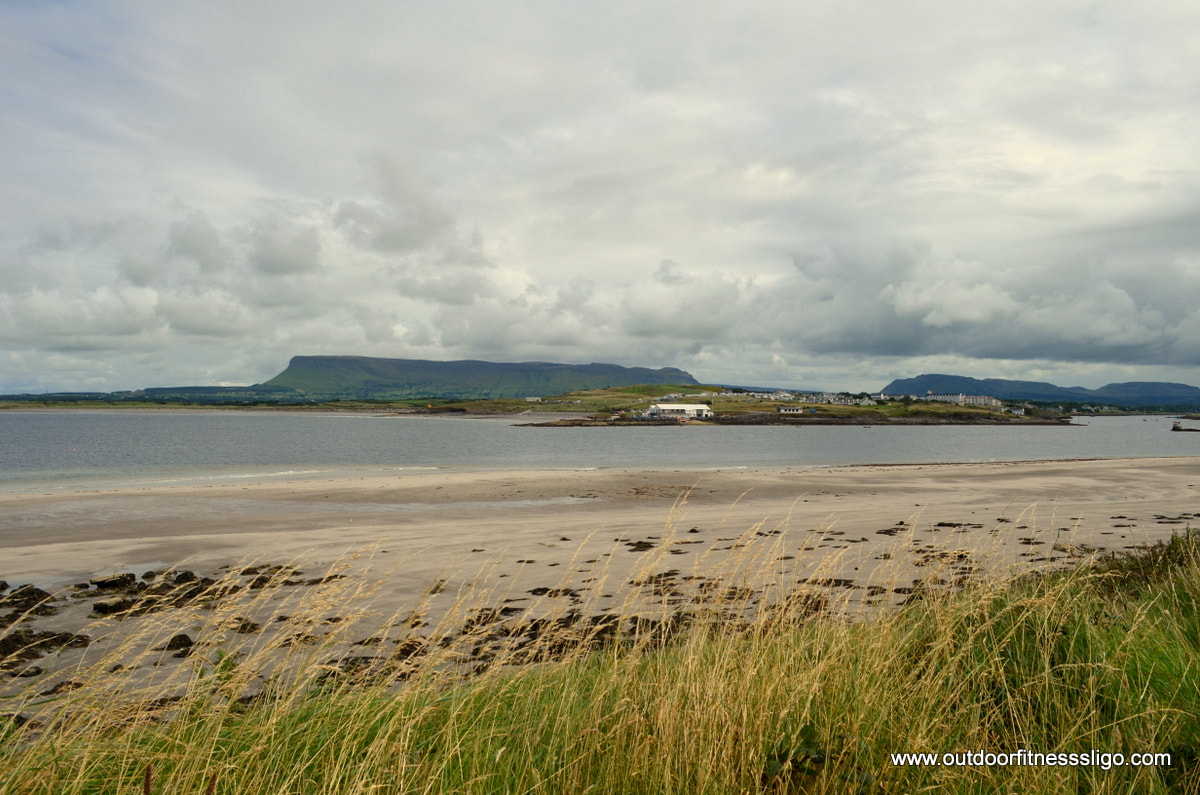

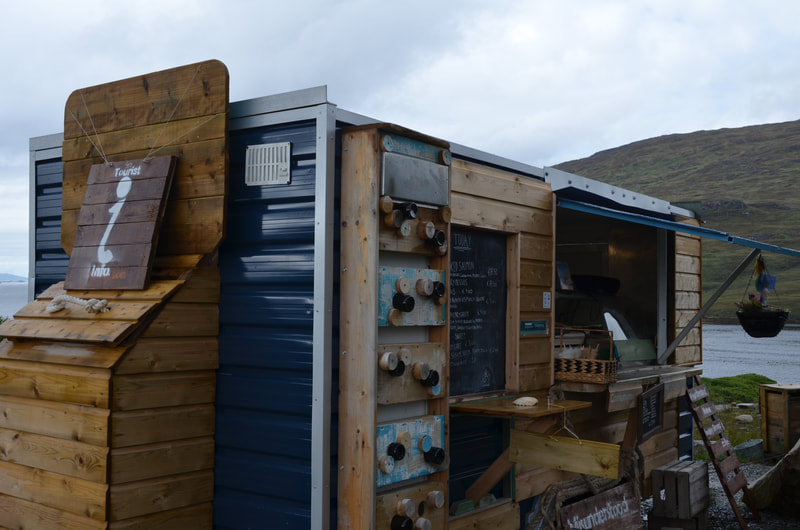
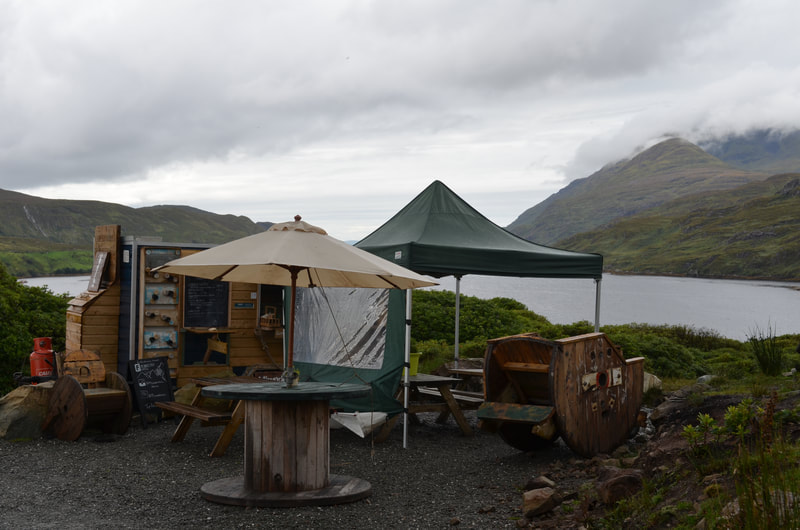



 RSS Feed
RSS Feed
